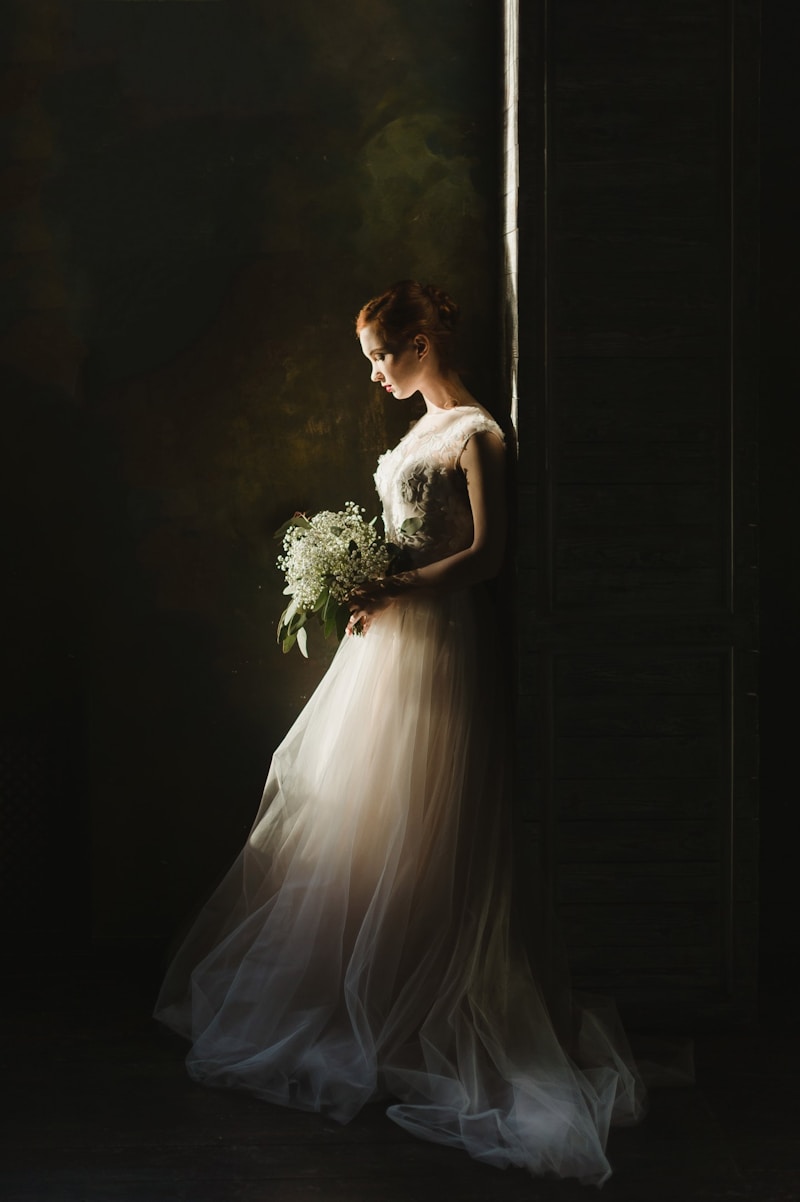Unlocking Elegance: The Accessibility of Bridal Boutiques
Understanding Accessibility in Bridal Boutiques
Bridal boutiques play a crucial role in the wedding planning process, serving as a portal for brides-to-be to find their dream dresses and accessories. However, the accessibility of bridal boutiques can greatly influence the experience for many women. In this article, we will explore the importance of accessibility in bridal boutiques, the barriers that might hinder this access, and how boutiques can optimize their services to be more inclusive.
Why Accessibility Matters
Accessible bridal boutiques are essential for ensuring that all brides, regardless of their physical abilities, financial situations, or geographical locations, have the opportunity to find the perfect wedding attire. Wedding planning can be a stressful time, and accessibility can either enhance or hinder the overall experience. A boutique that prioritizes accessibility shows a commitment to inclusivity and understanding of diverse customer needs.
Challenges to Accessibility
Despite the growing awareness of accessibility issues, many bridal boutiques still face challenges in ensuring their services are inclusive. Here are some common barriers:
- Physical Barriers: Many boutiques are located in buildings without ramps, elevators, or wide doorways. This can make it difficult for individuals with mobility challenges to enter and navigate the space.
- Financial Constraints: Bridal attire can be expensive, and some boutiques may not offer a diverse range of prices. This economic barrier can limit access for budget-conscious brides.
- Limited Selection: Some boutiques may not stock dresses in various sizes, which can alienate brides who fall outside the standard sizing spectrum.
- Location: Not all areas have specialized bridal boutiques. Many brides living in rural or underprivileged areas may have to travel long distances to find suitable options.
How to Improve Accessibility in Bridal Boutiques
Improving accessibility in bridal boutiques is not just about physical changes; it also encompasses enhancing services and customer experiences. Here are some actionable steps:
1. Physical Modifications
Renovating the boutique to include ramps, wider aisles, and accessible changing rooms can significantly enhance the physical accessibility of the store. Additionally, ensuring that the staff is trained to assist customers with disabilities can make a world of difference.
2. Diverse Pricing Options
By offering a range of price points, boutiques can cater to a broader audience. Providing rental options for expensive wedding gowns can also give budget-conscious brides a chance to wear high-quality attire without a hefty price tag.
3. Inclusive Sizing
Carrying a diverse range of sizes ensures that all brides feel included. It is essential for boutiques to acknowledge that beauty comes in all shapes and sizes, and offering plus sizes is a vital step toward inclusivity.
4. Online Accessibility
Having an online presence that is user-friendly and accessible is crucial. Providing virtual appointments, an easy-to-navigate website, and online purchasing options can greatly help brides who cannot physically visit the store.
Table: Accessibility Features to Consider in Bridal Boutiques
| Accessibility Features | Description |
| Ramps | Facilitates entry for those using wheelchairs or mobility aids. |
| Wider Aisles | Allows for easier movement within the boutique, especially for those with mobility challenges. |
| Accessible Changing Rooms | Spacious and equipped with necessary accommodations for all customers. |
| Diverse Pricing | Offers various price ranges to cater to different budgets. |
| Inclusive Sizing | Stocks a wide range of sizes to ensure everyone can find fitting attire. |
| Online Shopping Options | Allows brides to browse and purchase dresses from the comfort of their homes. |
The Role of Bridal Boutique Owners
Bridal boutique owners have the responsibility to educate themselves and their staff about accessibility issues. This includes understanding the challenges faced by individuals with disabilities, being empathetic, and actively seeking to eliminate barriers in the shopping experience. Regular customer feedback can guide boutiques on what changes or modifications are needed to improve accessibility.
Success Stories: Brands Leading the Way
Several bridal boutiques have made great strides in making their services more accessible. For instance, some brands have developed online platforms that offer virtual appointments, where brides can try on dresses through augmented reality. Others have gained recognition for carrying extensive ranges of sizes, showcasing models of all shapes and sizes in their marketing materials.

Conclusion
In conclusion, the accessibility of bridal boutiques is a fundamental aspect that determines how well brides can navigate their wedding shopping experience. Each boutique has the opportunity to enhance their services by addressing both physical and systemic barriers. By doing so, they not only open their doors to a wider audience but also contribute to a more inclusive wedding culture where every bride can feel beautiful on her special day.
Final Thoughts and Suggestions
As we move forward, it’s crucial to keep the dialogue about accessibility alive. Bridal boutiques should routinely assess their practices and be willing to adapt. Brides-to-be are encouraged to voice their needs and seek boutiques that prioritize accessibility. In the end, the wedding journey should be about celebrating love and unity, and accessibility is a vital part of that celebration.